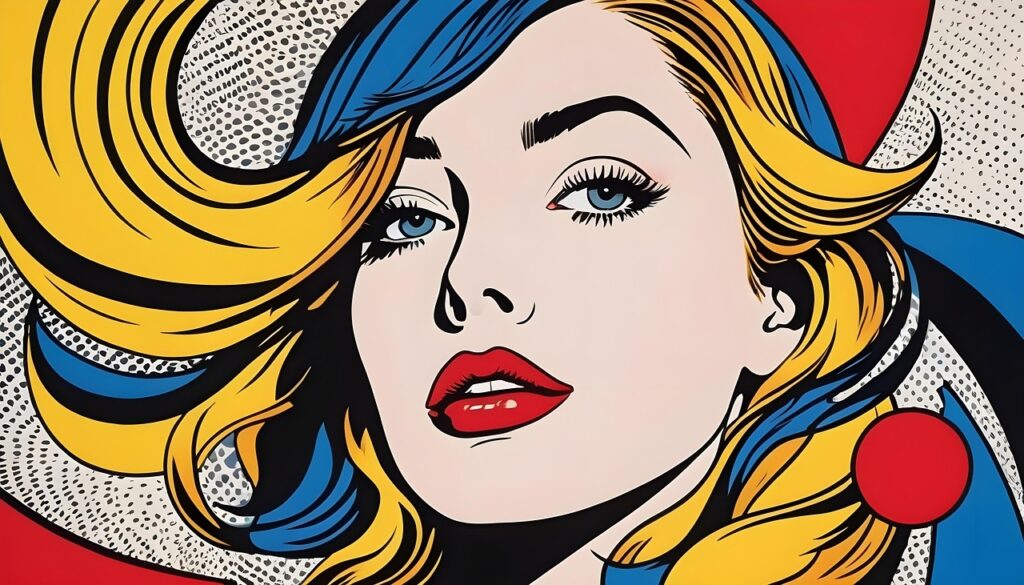From ancient myths to modern-day blockbusters, character archetypes have played a crucial role in the art of storytelling. These timeless, recognizable patterns allow audiences to instantly connect with narratives, understand motivations, and feel the emotional stakes. Whether you’re a screenwriter, novelist, game designer, or content creator, understanding character archetypes is key to mastering storytelling dynamics.
In this article, we’ll explore the most powerful character archetypes, how they function in stories, and how you can use them to create deeper, more compelling characters. We’ll also examine their psychological roots and how to avoid clichés while leveraging archetypes effectively.
What Are Character Archetypes?
A character archetype is a universally understood role or personality type that recurs across literature, film, mythology, and folklore. Coined by psychologist Carl Jung, archetypes are embedded in the collective unconscious—patterns that shape how we perceive and interact with stories and each other.
Unlike stereotypes, which are flat and unoriginal, archetypes serve as the blueprint for character creation. They provide a foundation on which writers can build complex, multidimensional characters.
Why Character Archetypes Matter in Storytelling
Whether you realize it or not, every beloved story features archetypes:
-
Luke Skywalker is the Hero.
-
Yoda is the Mentor.
-
Darth Vader is the Shadow.
-
Katniss Everdeen is the Rebel.
-
Tyrion Lannister is the Trickster.
Archetypes help:
-
Structure your story
-
Connect emotionally with the audience
-
Convey themes and values
-
Ensure character diversity and balance
By mastering character archetypes, you gain a powerful toolset for creating unforgettable narratives.
12 Classic Character Archetypes
Here are the 12 most common and powerful archetypes in storytelling, based on both Jungian psychology and narrative theory:
1. The Hero
Core Traits: Courageous, determined, self-sacrificing
Purpose: Overcomes obstacles to achieve a goal
Examples: Harry Potter, Frodo Baggins, Moana
Use in Storytelling: The Hero’s journey is the central arc in most narratives. Use the Hero to lead the audience through the story’s world.
2. The Mentor
Core Traits: Wise, experienced, guiding
Purpose: Prepares the hero for challenges
Examples: Gandalf, Morpheus, Dumbledore
Use in Storytelling: A mentor provides wisdom or tools. They often die or leave, forcing the hero to grow independently.
3. The Shadow (Villain/Antagonist)
Core Traits: Dark, ambitious, powerful
Purpose: Challenges or reflects the Hero’s flaws
Examples: Sauron, Voldemort, The Joker
Use in Storytelling: A compelling Shadow often mirrors the Hero’s journey and reveals the story’s deeper themes.
4. The Ally (Sidekick)
Core Traits: Loyal, supportive, brave
Purpose: Assists the Hero on their journey
Examples: Samwise Gamgee, Hermione Granger, Chewbacca
Use in Storytelling: Allies provide emotional support, comic relief, and practical help.
5. The Herald
Core Traits: Mysterious, influential, catalytic
Purpose: Announces the call to adventure
Examples: R2-D2 (with Leia’s message), Hagrid, The White Rabbit
Use in Storytelling: The Herald introduces the journey’s stakes, often shifting the Hero’s world.
6. The Trickster
Core Traits: Clever, unpredictable, mischievous
Purpose: Challenges the status quo and adds humor
Examples: Loki, Jack Sparrow, Bugs Bunny
Use in Storytelling: Tricksters disrupt and expose weaknesses in others, often forcing growth.
7. The Threshold Guardian
Core Traits: Tough, challenging, intimidating
Purpose: Tests the Hero before the real challenge
Examples: Bouncer at a club, mini-bosses in video games
Use in Storytelling: These characters force the Hero to prove their worth early in the story.
8. The Shapeshifter
Core Traits: Ambiguous, deceptive, seductive
Purpose: Creates tension and uncertainty
Examples: Catwoman, Mystique, Severus Snape
Use in Storytelling: Shapeshifters add complexity and can twist the plot in unexpected ways.
9. The Ruler
Core Traits: Responsible, commanding, authoritative
Purpose: Maintains or restores order
Examples: Mufasa, President Snow, Tywin Lannister
Use in Storytelling: Rulers often reveal the conflict between power and morality.
10. The Rebel
Core Traits: Bold, unconventional, driven
Purpose: Challenges authority or tradition
Examples: Katniss Everdeen, Han Solo, V (from V for Vendetta)
Use in Storytelling: Use Rebels to explore themes of revolution, injustice, and freedom.
11. The Innocent
Core Traits: Pure, optimistic, naïve
Purpose: Inspires hope or sets moral contrast
Examples: Luna Lovegood, Dorothy Gale, Paddington Bear
Use in Storytelling: The Innocent can humanize darker stories or highlight corruption.
12. The Lover
Core Traits: Passionate, devoted, emotional
Purpose: Drives romantic or relational conflict
Examples: Romeo, Rose (Titanic), Bella Swan
Use in Storytelling: The Lover’s arc explores intimacy, sacrifice, and vulnerability.
How to Use Archetypes Effectively
✅ Build Depth Beyond the Archetype
Avoid one-dimensional characters. Give your archetypes flaws, growth arcs, and unique voices. For instance, a Hero might struggle with insecurity, or a Trickster might be secretly wise.
✅ Combine Archetypes
A character can embody more than one archetype. Think of Tyrion Lannister—a Trickster, Mentor, and Ally all in one. Layering archetypes adds richness.
✅ Evolve Archetypes Over Time
Characters should grow or change. A Herald might become an Ally. A Shadow could be redeemed. Transformation is key to engaging storytelling.
✅ Break the Mold Thoughtfully
You can subvert expectations (like having a young child as a Mentor), but it should serve the story—not just shock the audience.
Archetypes in Different Genres
Different genres emphasize different archetypes. Here’s how to align your story type with the right characters:
| Genre | Essential Archetypes |
|---|---|
| Fantasy | Hero, Mentor, Shadow, Ally |
| Romance | Lover, Innocent, Rebel |
| Mystery/Thriller | Shapeshifter, Shadow, Trickster, Ruler |
| Science Fiction | Rebel, Mentor, Threshold Guardian, Ruler |
| Comedy | Trickster, Innocent, Ally |
| Horror | Shadow, Innocent, Threshold Guardian |
Matching archetypes to genre conventions ensures familiarity while leaving room for innovation.
Common Mistakes to Avoid
-
Relying solely on clichés: Archetypes are not stereotypes. Don’t copy-paste a “wise old man” without giving him individuality.
-
Forgetting character arcs: Archetypes are starting points. A flat character, no matter the type, won’t engage readers.
-
Ignoring audience expectations: Know when to fulfill and when to subvert archetypal roles for emotional impact.
Conclusion: The Power of Archetypes in Storytelling
Character archetypes are the DNA of compelling stories. They provide structure, depth, and resonance that echo across cultures and generations. By mastering archetypes and using them creatively, writers can craft stories that feel both familiar and fresh—full of emotional depth, narrative clarity, and lasting impact.
Whether you’re drafting a novel, plotting a screenplay, or building a D&D campaign, knowing your archetypes is like having a storytelling superpower. Use it wisely, evolve your characters, and watch your narrative come alive.






